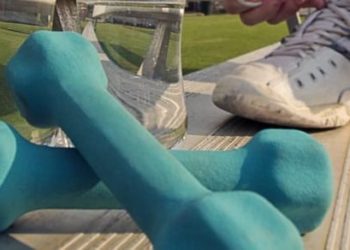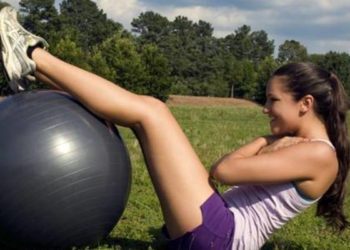Active workstations may improve daily standing and step counts
1. Sit-to-stand desks may be more successful than treadmill desks in breaking up daily sedentary behavior even after a year of use.
2. Total daily sedentary did not differ significantly between the three groups (seated-desk control vs. sit-to-stand desk vs. treadmill desk group) after one year
Evidence Rating Level: 1 (Excellent)
Though active workstations have become a popular solution to prolonged sedentary behavior, little is known about their long-term effects of increasing standing and stepping behaviors. As a result, this study sought to analyze the influence of these workstations on total sedentary behavior as well as several activity variables when compared to the control group at 3,6 and 12 month follow-up.
In this randomized controlled trial with a three-arm cluster design, 66 office workers aged 18-65 years old were recruited. In order to be eligible, participants were required to meet the following criteria: BMI>25 mg/kg-2, not engaged in structured physical activity >2 days per week, and having a seated desk job. Participants were randomized into a treadmill desk group (n=22), a sit-to-stand group (n=23), and a control group (n=21). Activity was monitored using an activPALTM monitor and participants self-reported any activity when the device was not worn (e.g. while showering, sleeping).
The results of this study demonstrated that the mean total daily sedentary time at one year did significantly differ . At 3 months, only the treadmill desk group only reported greater total daily stepping at the . However, only the sit-to-stand group reported a sustained increase in activity until the 12-month mark. Strengths of this study included the randomized controlled intervention of 2 active workstations and the long-term follow-up. Conversely, some of its limitations included the smaller sample size and smaller proportion of women comparative to previous studies on this topic. Overall, this study suggested that sit-to-stand desks may result in more frequent bouts of activity compared to treadmill desk users even after a year of use.
Click to read the study in Medicine & Science in Sports & Exercise
Image: PD
©2021 2 Minute Medicine, Inc. All rights reserved. No works may be reproduced without expressed written consent from 2 Minute Medicine, Inc. Inquire about licensing here. No article should be construed as medical advice and is not intended as such by the authors or by 2 Minute Medicine, Inc.







